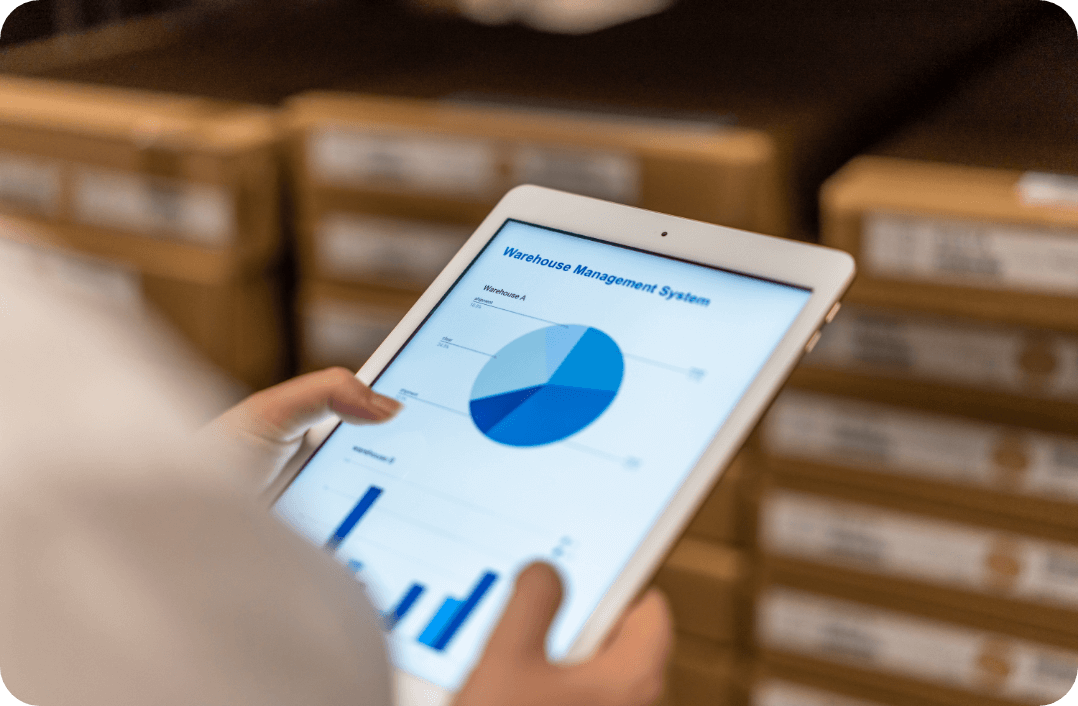Giving customers an omnichannel shopping experience and a frictionless returns experience drives loyalty and repeat buyers. But without safeguards in place, these experiences can also create gaps that let fraudulent returns flow in.
Fraudulent returns have grown 385% between 2018 and 2022. (Gartner)
30% of B2B businesses lose 3.5% or more of annual sales revenue to fraud. (Pymnts.com)
Return rates are growing faster than revenue rates for 91% of retailers. (Appriss Retail)
If you’re reading this article, it’s likely that a) your return volumes are increasing, b) you’re dealing with more fraudulent returns than you think, and c) returns management won’t get easier or less expensive unless you change your approach.
Answer with Tech, not Punishment
Statistically, the vast majority of your returns are legitimate (a clear and simple returns policy is the best way to help honest customers make easy returns). To combat return fraud, avoid a knee-jerk reaction that makes returns more restrictive or adds new fees. Those moves will alienate the loyal customers you’ve worked so hard to get.
A returns management system (RMS) can both decrease the cost of legitimate returns and alert you to fraudulent ones. It upholds the policies you have in place so that your returns are consistent, fair, fast and easy for both your company and the customer.
3 Use Cases & 15 Ways an RMS Catches Returns Fraud
A returns management system is supply chain software that’s purpose-built to manage the entire return lifecycle, from start to finish. It integrates with other core software (WMS, ERP, OMS, etc.) to be the central platform for all returns management tasks, data and reporting.
- Standardizes return rules and policies across your network (including partner 3PLs)
- Automates and streamlines employee workflows, which can be configured by product type, customer, sustainability goals and more
- In-depth data and reporting on returns cost, reasons, and other metrics
Scenario #1: Fraudulent BORIS returns
BORIS (buy online return in store) is a convenient option for customers, and it’s often less costly for retailers to process returns in a store compared to receiving packages at a central facility. However, an in-store return can be a target for fraud. Criminals may:
- Claim they purchased an item online but lost the receipt
- Commit wardrobing (return merchandise that’s been used)
- Use a stolen or fake receipt to return an item
- Remove valuable components from an electronic device and only return the shell
- Use fraudulent or stolen tender to purchase the item being returned
- Attempt to return shoplifted items
An RMS is essential for catching fraud in these BORIS situations.
1. Because it integrates with other supply chain systems, the RMS gives a complete picture of the item’s purchase history. Employees can see whether the item was purchased legitimately and how.
2. Alert store employees that the customer has made suspicious returns in the past.
3. Cross-department information can check whether a stolen credit card was used to make the purchase online.
4. Detailed product information, such as weight, can be used to compare the returned item and ensure no internal components were removed.
5. Ask for the buyer’s contact details in addition to the receipt. An RMS can cross-reference that information with the original order and verify it was purchased by the same person.
Scenario #2: Returning counterfeit products
Criminals get very creative with high-value returns, like electronics or designer handbags and luggage. Counterfeit items can be easily missed in a busy warehouse. Here are some examples.
- They return a knock-off version that looks very similar to the brand-name item
- The criminal does a “switch” “upgrade” scam: They purchase a new version of something they already own, and return the old product in the new packaging for a full refund
- Price tag switching: The tag on a cheap item is replaced with one from an expensive item, so the return amount is more than what they paid
- Bricking: The criminal buys an electronic device, removes valuable components, and returns the stripped-down version for a refund
Here’s how an RMS can help:
6. It’s critical to match the serial number of the purchased item and returned item. When the return arrives at the store or warehouse, the employee scans the barcode and the RMS displays the associated serial number. This can be matched with the serial number on the returned item.
7. Detailed product information and images help staff ensure that the product on the screen matches what’s in the returned box.
8. The returned item’s weight can be compared to the original or expected weight of the original item, helping to catch whether parts have been removed.
A global appliance company implemented ReverseLogix RMS, which revealed that some returns were counterfeit. The company revised its return requirements to be very detailed, and standardized processes across its distributor network. It caught fake returns, identified customers who abused the policy, and saved significant money.
Scenario #3: Taking advantage of system delays
To make an omnichannel experience seamless, a lot of supply chain systems have to sync up: POS, merchandising, OMS, ERP, etc. Criminals take advantage of data synchronization delays to make fraudulent returns. They may:
- Duplicate or forge an e-receipt to return stolen merchandise
- Buy an item online, initiate a chargeback, and then quickly return the item to a brick-and-mortar store for another refund
As the central hub of all returns management activity and data, your RMS is the one source of truth when verifying returns-related information. It will:
9. Have omnichannel visibility into returns, preventing fraudulent and duplicate returns.
10. Help catch chargebacks that haven’t been filed yet.
11. Verify order information, such as where a product was sold, registered, and its condition.
12. Provide tracking visibility so a business can verify when a product was received.
13. Validate the purchase was authentic.
14. Provide data and reporting that alert you to suspicious return patterns or certain customers who make very frequent returns. You can even set up RMS rules for extra inspections of their returns.
15. Detailed workflows direct employees to thoroughly inspect and verify returned items.
Good Returns Management is Good Fraud Management
The ability to manage, orchestrate, and track all return activities is critical for reducing fraud – no matter what shape or form it takes. Contact us to learn how ReverseLogix RMS stamps out fraud, makes work easier for your employees, and lowers returns costs!

